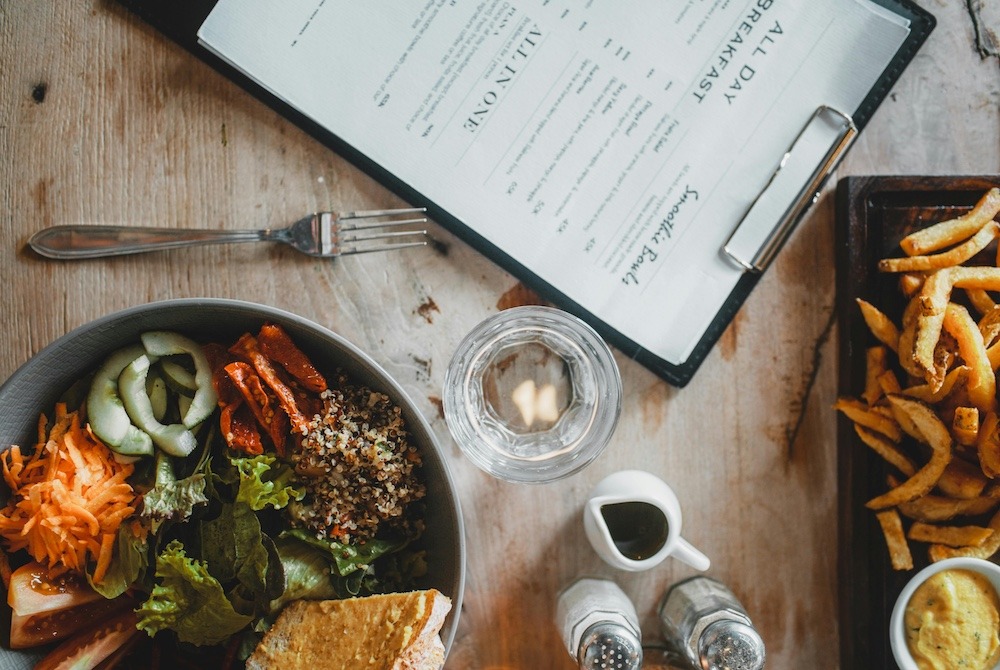In this consumer-driven industry where competition is fierce, and customer options regarding dining choices are abundant, smart pricing strategies for your menu items can ultimately make the difference between a great year and a bad one for your restaurant. Understanding the psychology of pricing can be your secret weapon in boosting revenue.
What is the Psychology of Pricing?
The psychology of pricing revolves around the idea that consumers don’t always make purchasing decisions based solely on logic. Emotional, psychological, and contextual factors all play a significant role in how people perceive prices and ultimately decide whether to buy. By tapping into these underlying psychological triggers, your restaurant can craft pricing strategies that not only attract customers but also encourage them to spend more.
The Power of Perception
Understanding how consumers perceive value is a critical first step. For example, an entree priced at $19.99 is often perceived as significantly cheaper than one priced at $20. This phenomenon, known as “charm pricing,” leverages the left-digit effect, where people focus more on the first digit rather than the overall number. Small tweaks in pricing can lead to substantial shifts in consumer behavior.
The Role of Scarcity
Scarcity can significantly impact customer decision-making. When a special menu or daily special is perceived as scarce or limited, its value increases in the eyes of consumers. Limited-time offers, exclusive deals, and special menus are all effective ways to create a sense of urgency and encourage diners to visit immediately and order specific items.
Combos for Perceived Value
Putting together tasting menus or combo meals can enhance perceived value and encourage higher spending. For example, offering a lunch entree with complementary salad and dessert at a slightly higher price can make the offering seem like a better deal. Consumers often perceive these deals as more valuable than purchasing each item separately, even if the combined price is higher.
The Power of Free
The word “free” holds immense psychological power. Offering something for free, whether it’s a drink, a buy-one-get-one-free, or an upsized item, can significantly influence consumer behavior. People are more likely to make a purchase when they perceive they are getting something extra at no additional cost. Free offers increase the attractiveness of the deal.
Psychological Pricing Techniques
Various psychological pricing techniques can be employed to influence customer purchases. Ending prices in .99 or .95 and using smaller font sizes for prices make them seem less significant. Each of these techniques leverages psychological triggers to create a positive perception of value and encourage purchase.
The Importance of Context
Context matters in pricing. The same product can be perceived differently depending on where it’s sold and how it’s presented. For example, a cup of coffee priced at $5 may seem reasonable in a high-end café but overpriced in a fast-food setting. Understanding the context in which your food and beverage is sold can help you set prices that align with customer expectations and perceptions.
Dynamic Pricing Strategies
Dynamic pricing involves adjusting prices based on real-time supply and demand. This strategy is commonly used in industries where prices fluctuate based on factors like time of day, season, and availability. Implementing dynamic pricing can help maximize revenue by capitalizing on periods of high demand, such as holidays and when fresh, local produce is in season, and then adjusting during slower times to encourage additional visits.
Stay updated on consumer behavior shifts and competitor pricing. Be ready to adapt and refine your pricing approach to stay competitive and meet the changing needs of your customers. Track sales volume, average order value, and overall revenue to gauge the impact of your pricing changes to determine what works best for your regular and potential customers.
Putting It All Together
The psychology of pricing is a powerful tool that can significantly impact your restaurant’s revenue and customer perception. By understanding and leveraging psychological principles, you can create pricing strategies that resonate with your customers and drive higher sales. Remember, the goal is to offer value, build trust, and create a positive dining experience.
Serving Up Pricing Success
Smart pricing strategies for your restaurant can help you increase revenue, attract more customers, and build a loyal customer base. Start by understanding your ideal customer’s perceptions and behaviors, and then implement techniques such as charm pricing, scarcity, and combo pricing.
To learn more, consider joining Restaurant Owners Marketing Academy for personalized guidance and support to take your pricing strategies to the next level.


Recent Comments